Lexicons
- Agender
- Ally
- Androgyny
- Aromantic
- Assigned sex
- Bigender
- Bisexual
- Bi Curious
- Butch
- Cisgender
- Cisnormative
- Closeted
- Coming Out
- Cross Dressing
- Deadnaming
- Demisexual
- Drag
- Femme
- Gender
- Gender Dysphoria
- Gender Expansive
- Gender Fluid
- Gender Identity
- Gender Non-conforming
- Gender Queer
- Gray Asexual
- Homophobia
- Homosexual
- Intersex
- Lesbian
- M S M
- Misgender
- Mx
- Non-binary
- Out
- Outing
- Pansexual
- Pangender
- Passing
- Queer
- Questioning
- Sex Assigned at Birth
- Sexual Orientation
- SOGI
- Top Surgery
- Transition
- Transman
- Transwoman
- Two Spirit
Agender
Agender is a term which can be literally translated as without gender. It can be seen either as a nonbinary gender identity or as a statement of not having a gender identity. A person who is agender sees themselves as neither man nor woman, has no gender identity, or no gender to express. This is an example of someone who may also identify as gender queer or non-binary.
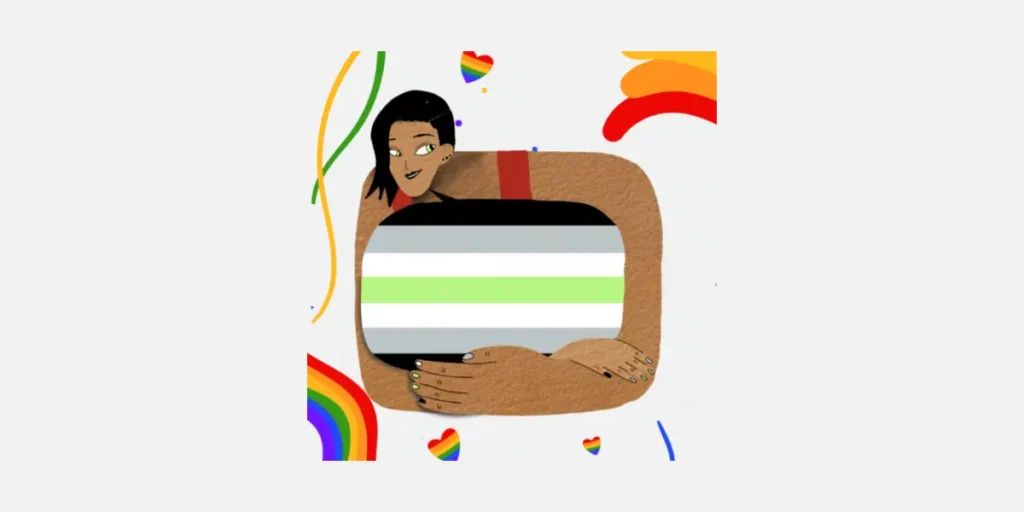
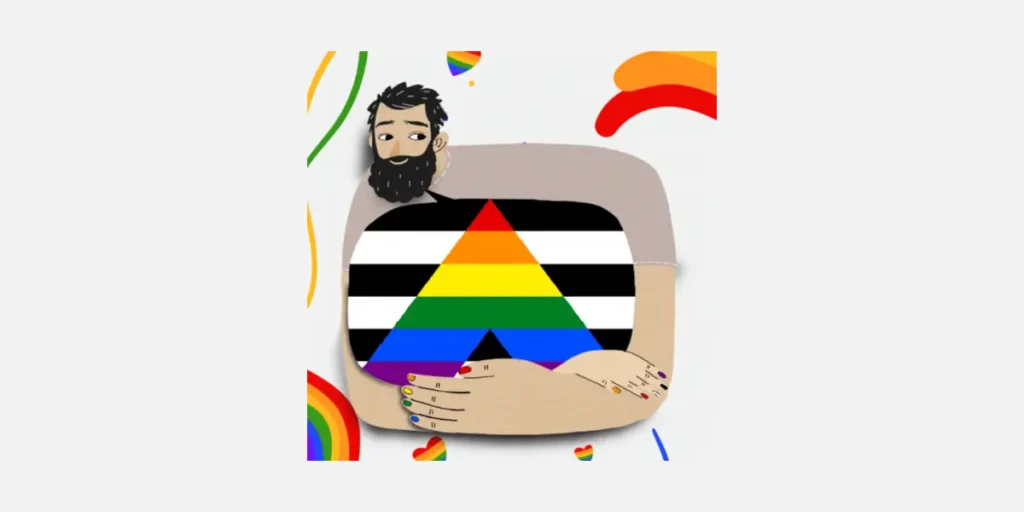
Ally
A person who does not identify as LGBTQ but stands with and advocates for LGBTQ people and their rights.
Androgyny
The adjective, Androgynous, dates from the early 17th century and is derived from the older French and English term androgyne. Androgyny is the possession of both masculine and feminine characteristics in humans. People of any gender and sexual orientation can be androgynous. Although many non-binary and gender fluid people take on androgynous gender presentations, so do cisgender and transgender binary individuals. There is no inherent association between gender identity and androgyny. Androgyny can be about identity, but it can also be about fashion and style.
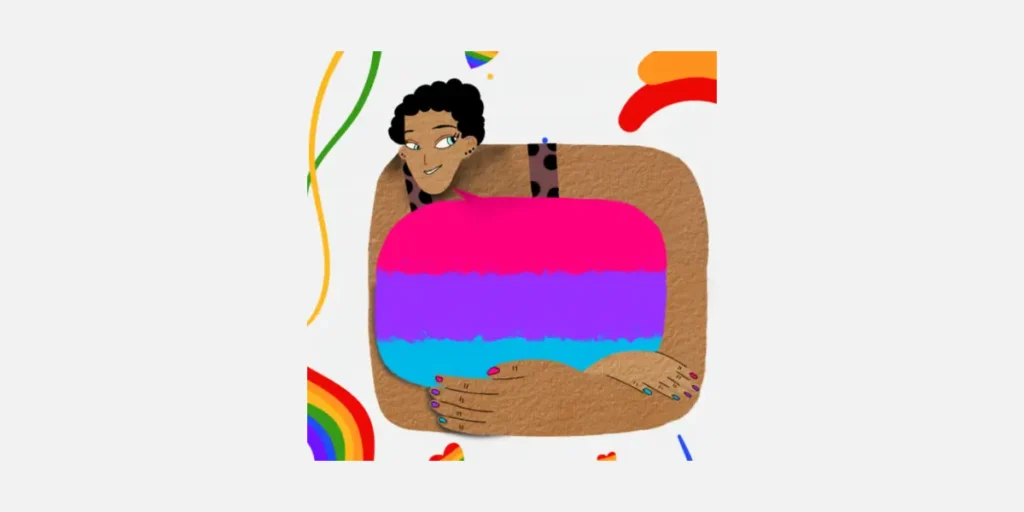
Aromantic
Aromanticism is a romantic orientation. People who identify as aromantic feel little to no romantic attraction towards others.
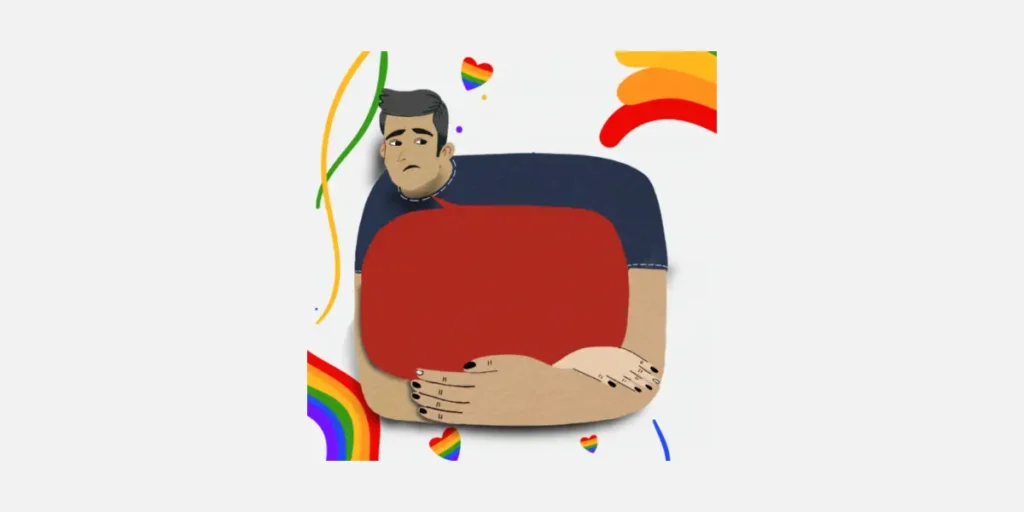
Assigned sex
The sex that is assigned to an infant at birth based on the child’s visible sex organs, including genitalia and other physical characteristics. Often corresponds with a child’s assigned gender and assumed gender.
Bigender
Before its use in the LGBQT community, bigender was an early 20th-century biological term for plants that possess both male and female reproductive parts. The term evolved to refer to something suitable for both male and female genders, e.g., bigender college dorms, where men and women will live on the same floor. Bigender was applied to gender identity as early as the 1970s. That said, the concept of bigender long predates the term, as exemplified by the Native American concept of Two Spirits– a person embodying both male and female identities. Individuals who identify as bigender tend not to be considered gender-fluid, which is a nonbinary identity where a person is a non-fixed range of gender identities. Some individuals may experience three gender identities, or trigender. Bigender does not always mean a mix of male and female, it can be male and gender fluid or agender and genderqueer etc.
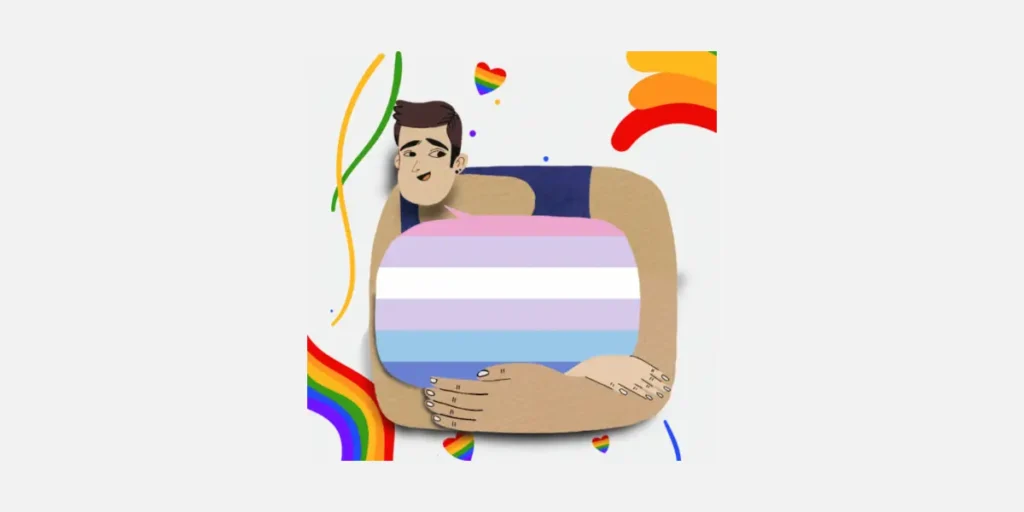
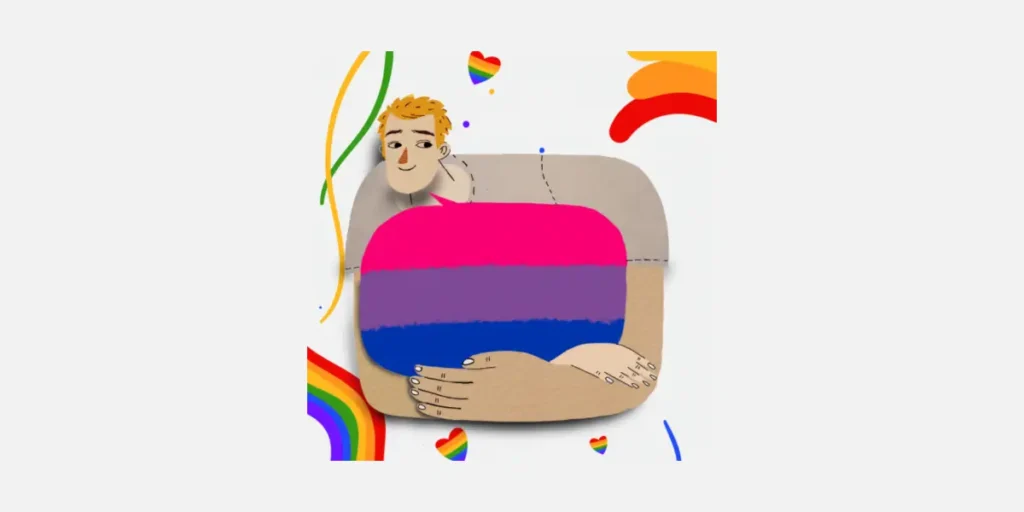
Bisexual
This word “bisexual” was first used by the German psychologist Richard Von Krafft-Ebing while referring to the gender of persons whom he believed have both masculine and feminine behaviour. Bisexual, in a person’s sexuality describes a person who is sexually attracted to two or more genders. It is not necessary that a person with bisexual identity has equal attraction towards the genders, the preference may differentiate.
Bi Curious
People who are interested in exploring their attraction to their own gender
and a gender different than theirs.
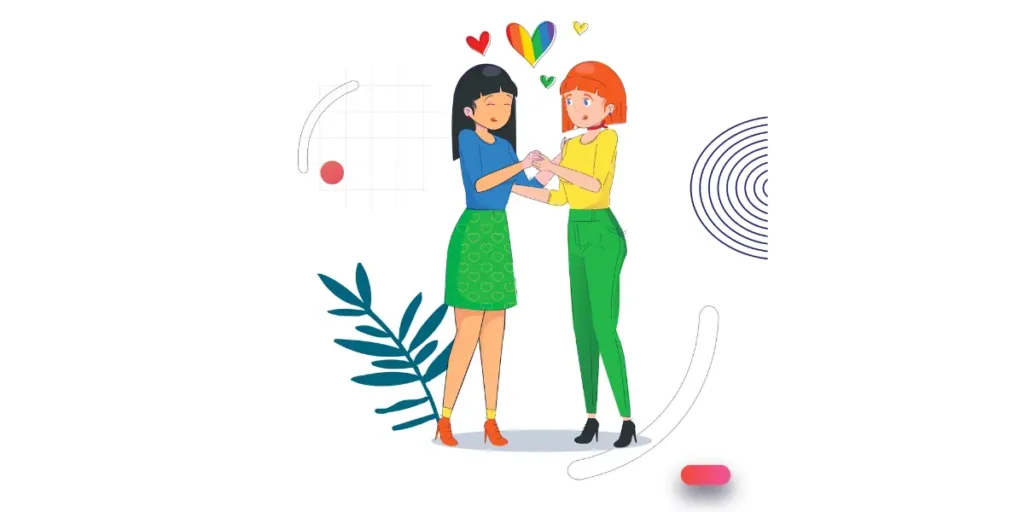

Butch
Is a term used to describe a woman who presents her appearance and
other behaviour in a tradi�onally masculine way. It is a gender expression
that fits societal defini�ons of masculinity.
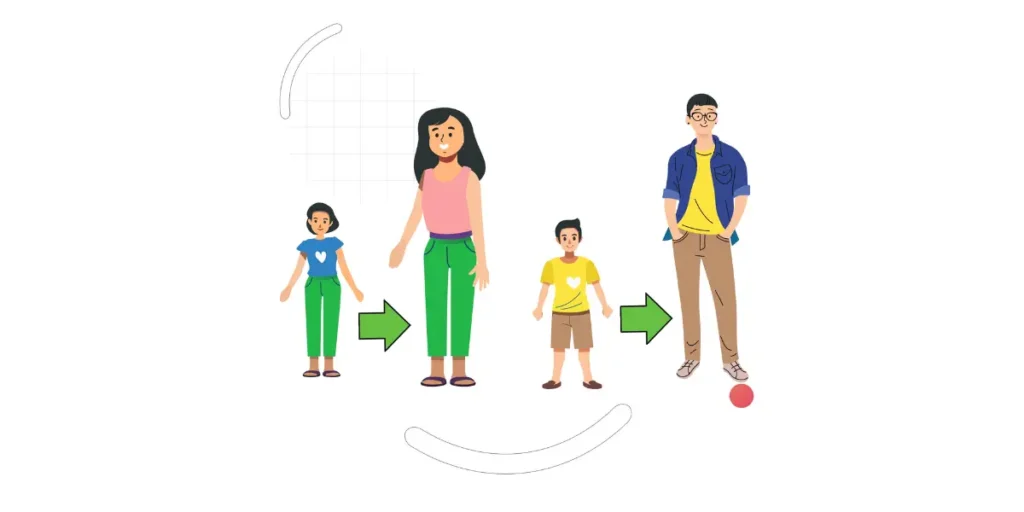
Cisgender
Someone whose gender identity matches the sex they were assigned at birth.
Cisnormative
These terms refer to the assumption that being cisgender is the norm, which
leads to transphobic atatudes and behaviors and limits the range of acceptable
gender expression for everyone.
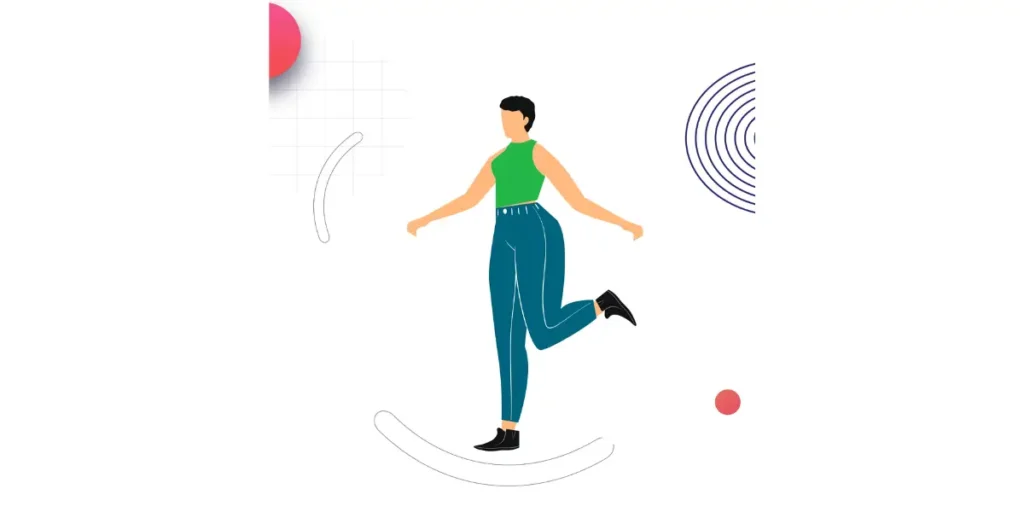
Closeted
A gay, lesbian, bisexual, or transgender person who does not disclose their gender
identity or sexual orientation to people around them. They open do so for fear of
persecution, rejection, and/or negative reactions from others.

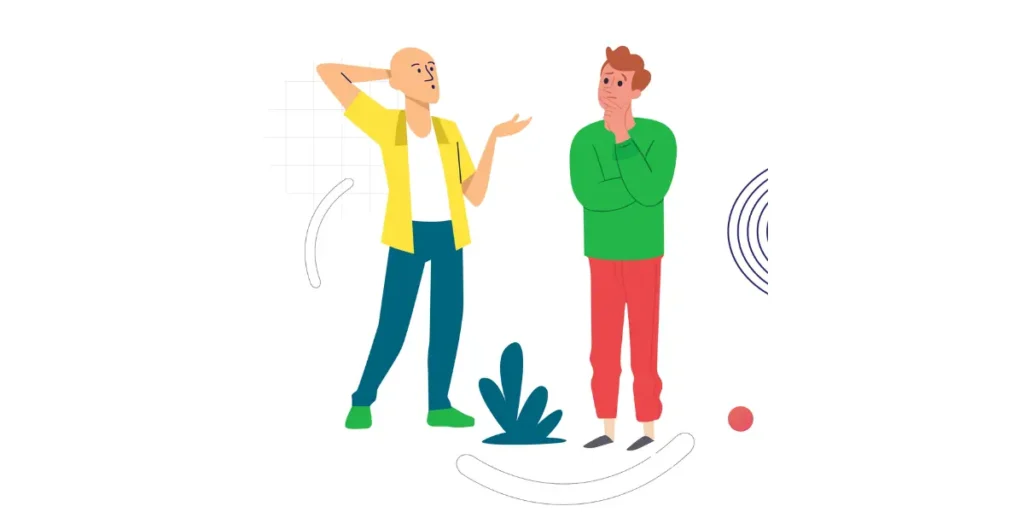
Coming Out
The process in which a person first acknowledges, accepts and appreciates their
sexual orientation or gender identity and begins to share that with others
Cross Dressing
The act of wearing items of clothing and accessories commonly associated with
the opposite sex/ gender within a particular society. The term cross dressing is
preferred to the outdated term ‘transvestite’. What is considered ‘cross dressing’,
like gender, is culturally defined. People who cross dress do not necessarily identify
as part of the LGBTQIA+ community.

Deadnaming
Calling someone by a name they no longer associate with. For instance, some
transgender or non binary people may change the name they are born with to
more fully associate with their gender identity, calling someone by their previous
name is called dead naming.

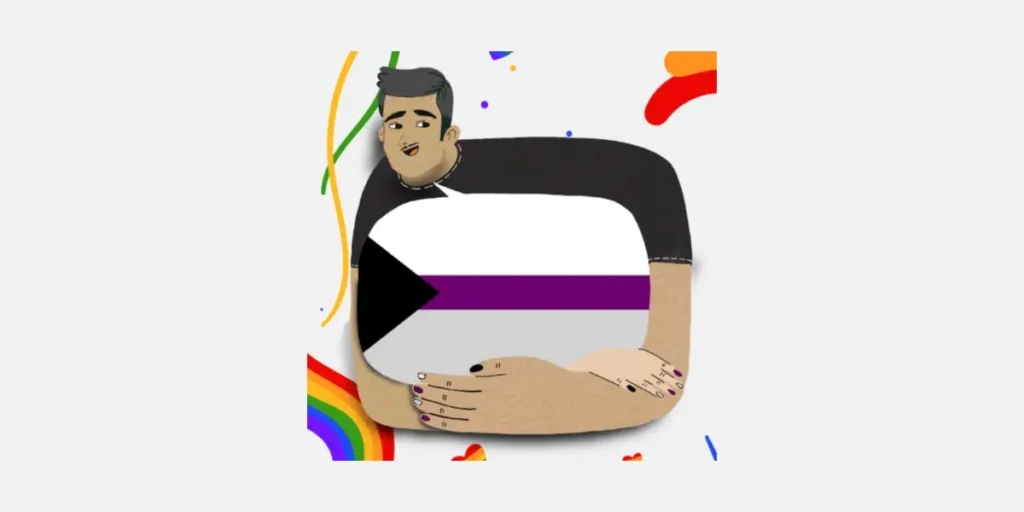
Demisexual
Demi Sexual is used to describe someone who feels sexual attraction only to people with whom they have an emotional bond often considered to be on the asexual spectrum. A person who is demisexual will feel sexual attraction and desire to engage in sexual activities far more rarely than the general population.
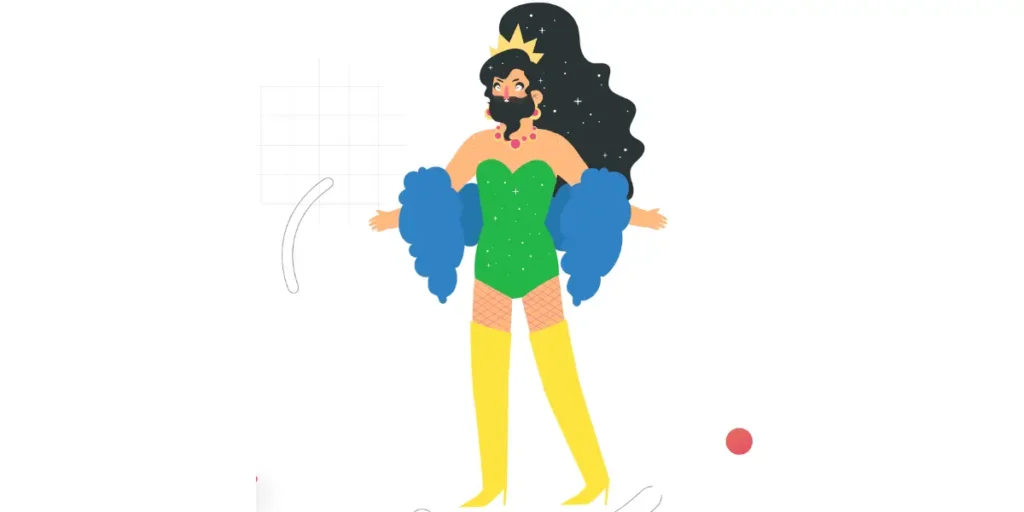
Drag
It is an art form, wherein drag queen is usually a male assigned person at
birth who performs as an exaggerated feminine character and a drag king is a
female-assigned person at birth performing an exaggerated masculine character.
O�en drag artists are referred to as cross-dressers but unlike cross dressers,
drag artists dress with the intention of performance rather than gender expression.
Femme
A traditionally feminine-appearing and -behaving woman. Mainly used
to refer to a feminine lesbian or bisexual woman.
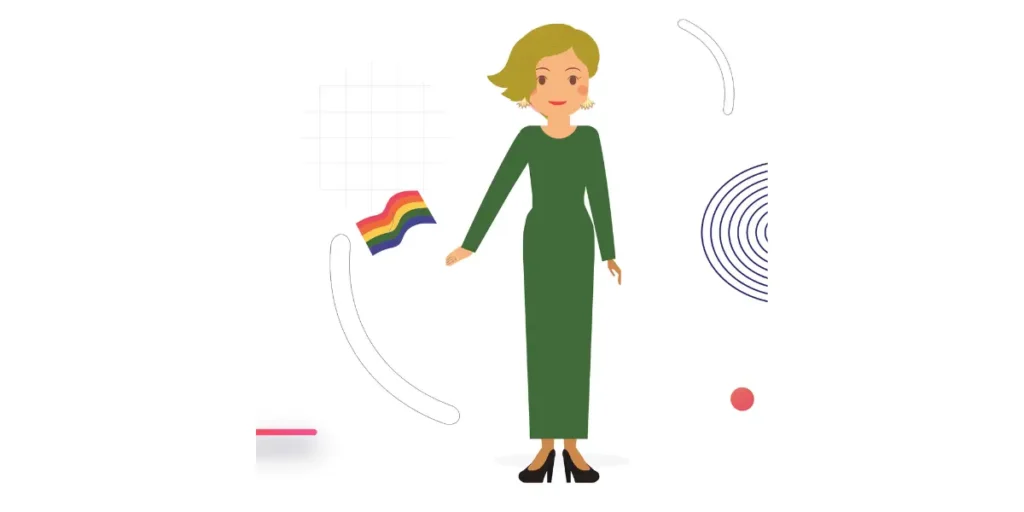

Gender
Refers to the attitude, feelings, and behaviours that a given
culture associates with a person’s biological sex.
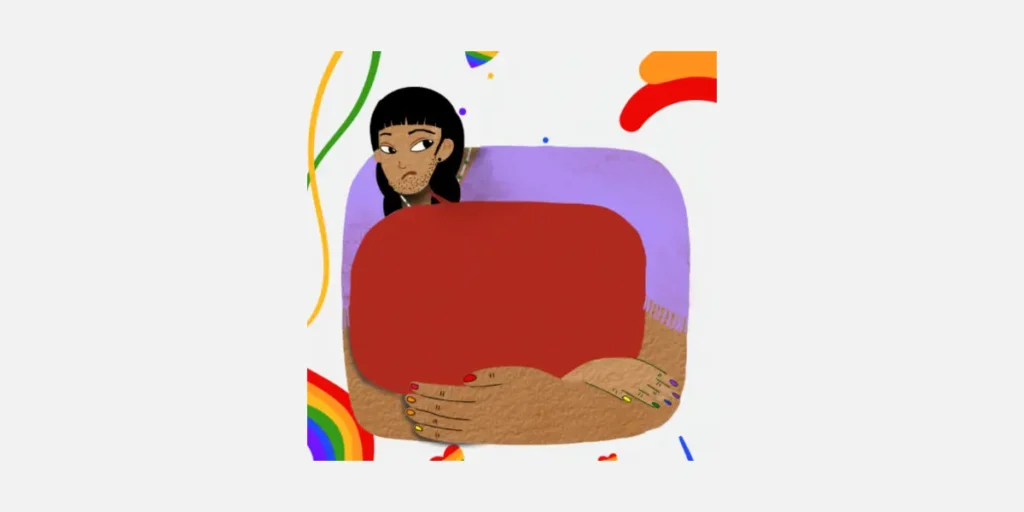
Gender Dysphoria
Clinically significant distress caused when a person’s assigned birth gender is not the same as the one with which they identify. This is Gender Dysphoria
Gender-expansive
A person with a wider, more flexible range of gender identity
and/or expression than typically associated with the binary
gender system. Open used as an umbrella term when referring
to young people sell exploring the possibilities of their gender
expression and/or gender identity.
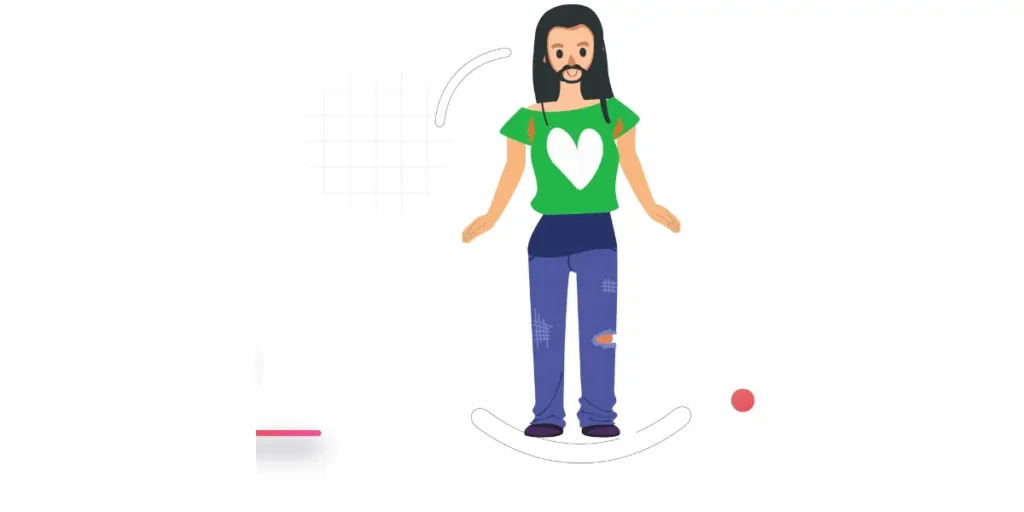
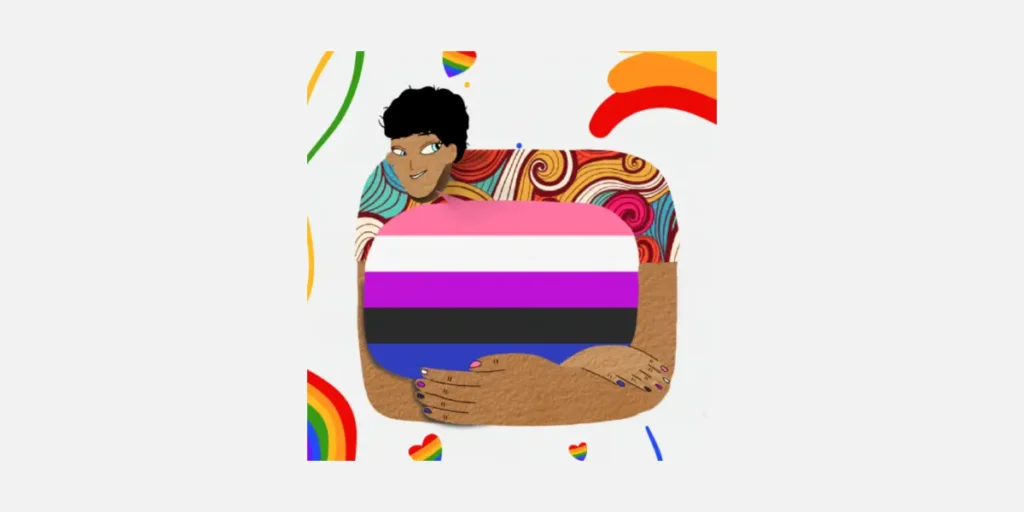
Gender Fluid
A term used by people whose identity shifts or fluctuates. Sometimes these individuals may identify or express themselves as more masculine on some days, and more feminine on others. or a mix of the two to create their own unique style.
Gender identity
One’s innermost concept of self as male, female, a blend of both or
neither – how individuals perceive themselves and what they call
themselves. One’s gender identity can be the same or different from
their sex assigned at birth.
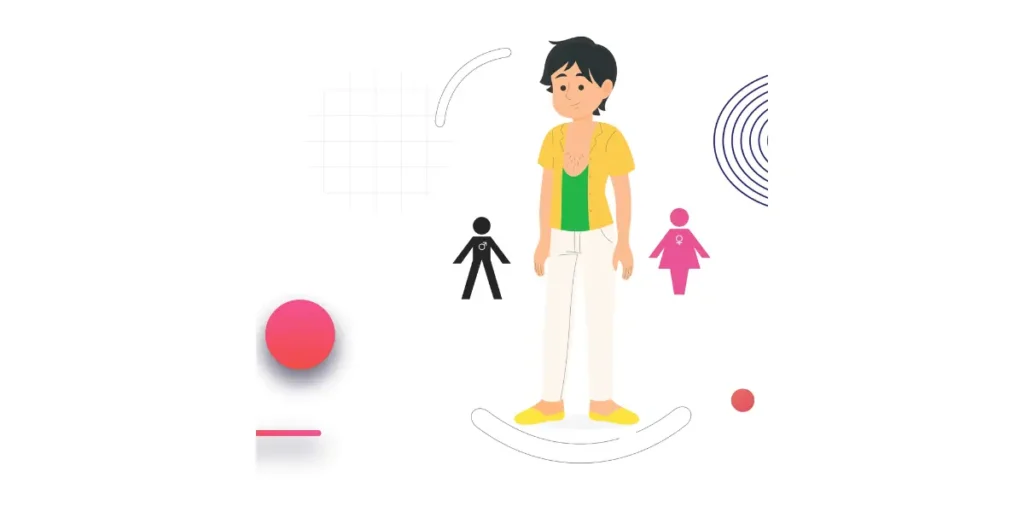
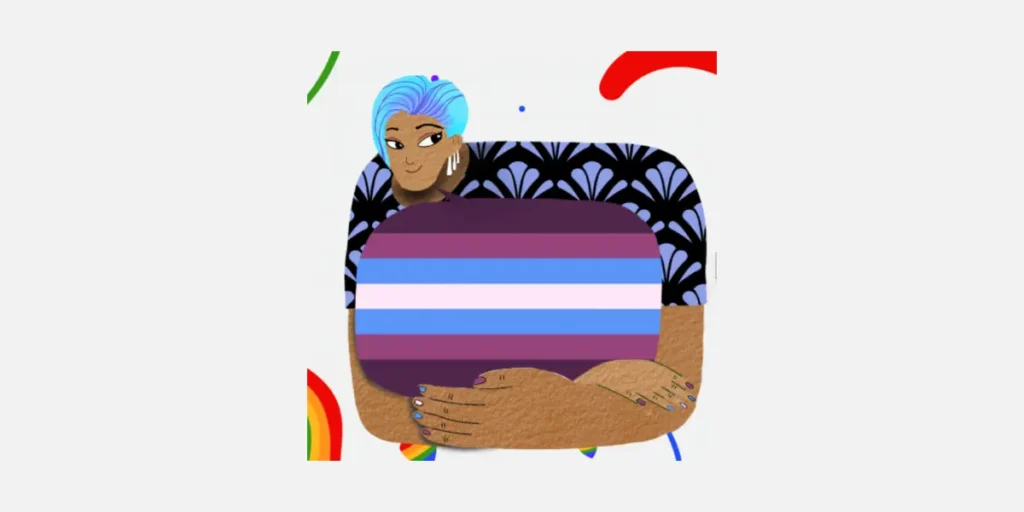
Gender Non-conforming
One who expresses gender outside traditional norms associated with masculinity or femininity. Not all gender-nonconforming people are transgender, and some transgender people express gender in conventionally masculine or feminine ways.
Gender Queer
People whose gender identity does not fit within the male/female binary.

Gray Asexual
Someone who occasionally experiences sexual attraction but usually does not; it covers a kind of gray space between asexuality and Allosexuality (Sexual Identities). Their level of sexual attraction could fall anywhere from “not normally, but sometimes,” to “enjoys sex only under very specific circumstances”.
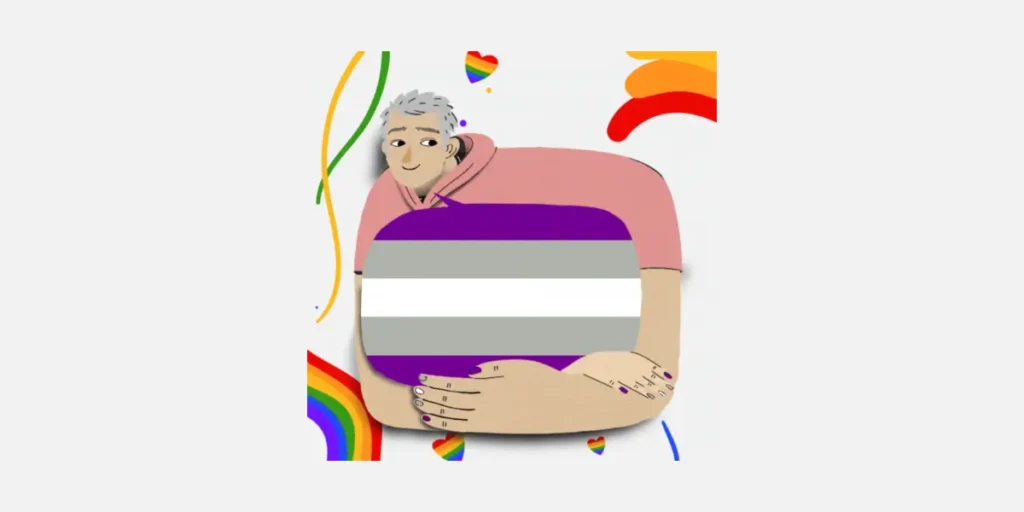
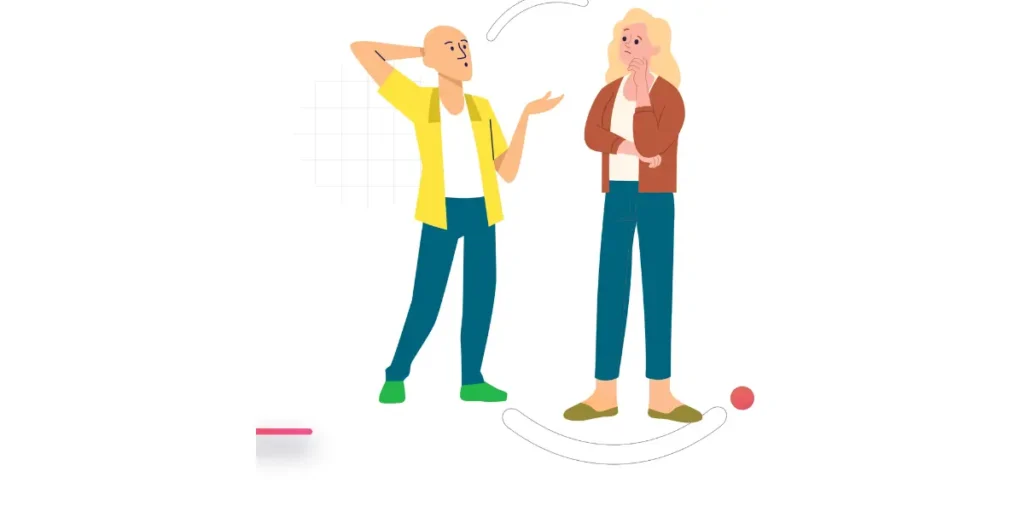
Homophobia
The fear and hatred of or discomfort with people who are
attracted to members of the same sex.
Homosexual
An outdated clinical term open considered derogatory and offensive,
as opposed to generally preferred terms like gay, lesbian, or queer
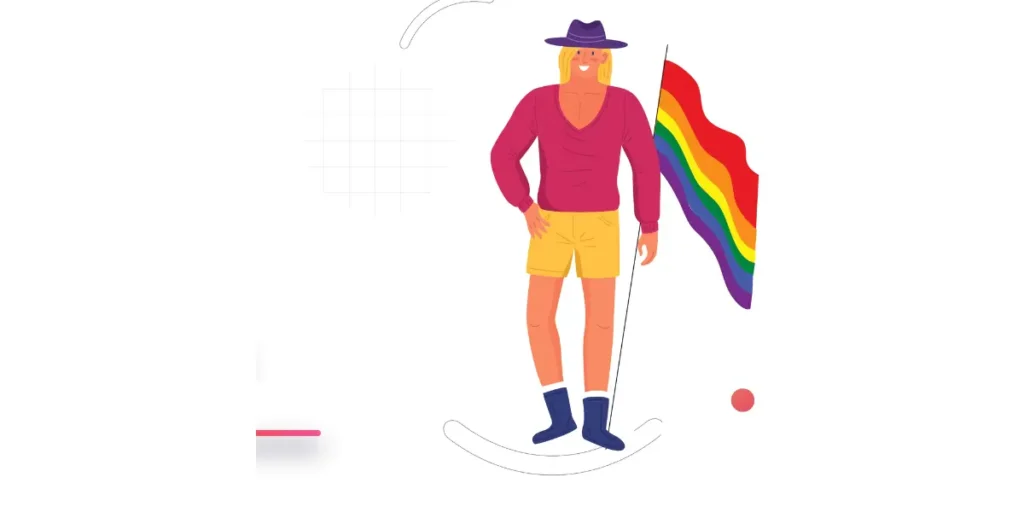
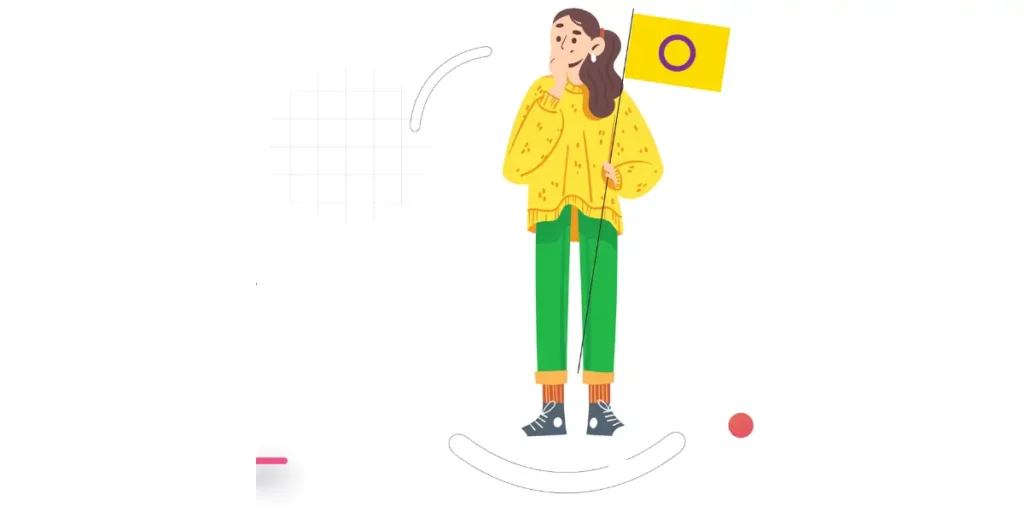
Intersex
Intersex people are born with a variety of differences in their sex
traits and reproductive anatomy. There is a wide variety of difference
among intersex variations, including differences in genitalia, chromosomes,
gonads, internal sex organs, hormone production, hormone response, and/or
secondary sex traits
Lesbian
A woman who is emotionally, romantically or sexually attracted to other
women. Women and non-binary people may use this term to describe
themselves
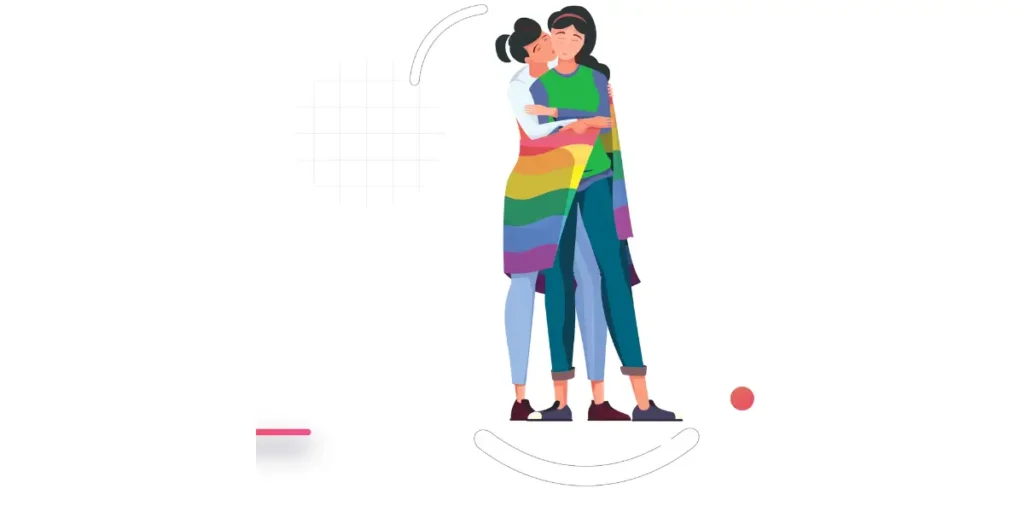
M S M
Men who have sex with men. These are not sexual identities but
sexual behaviours, that some people might engage in. They may
still refer to themselves as straight or heterosexual.
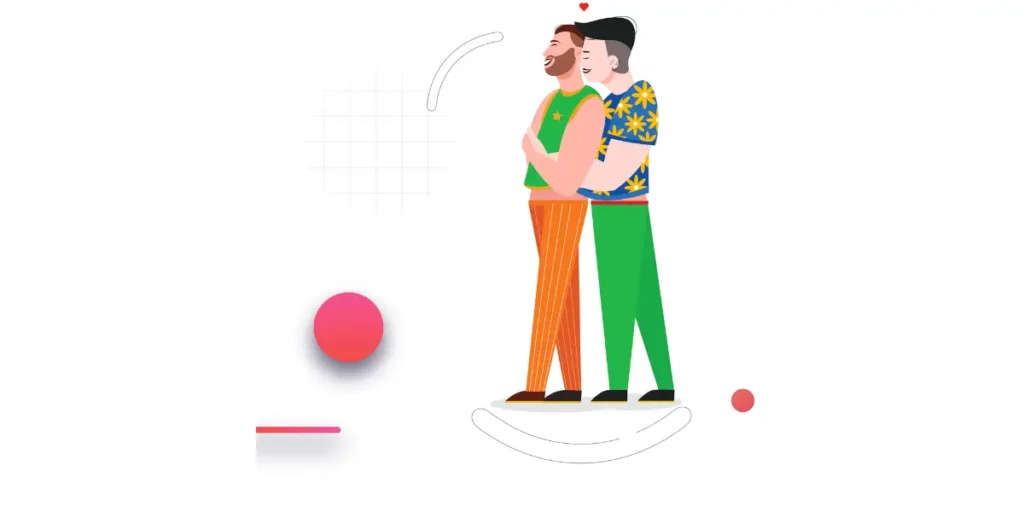
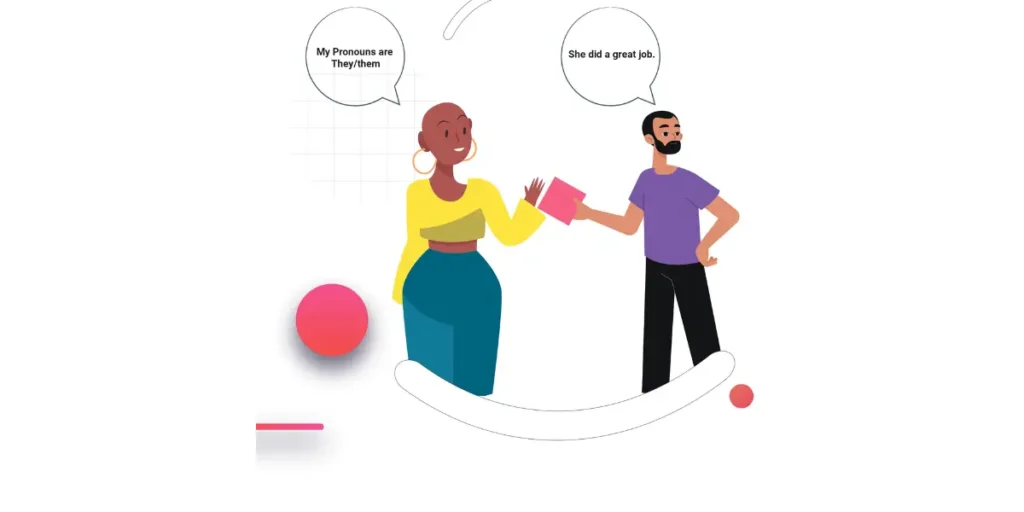
Misgender
When one calls or refers to a person with a gender pronoun or gender
identity they do not associate with . For example calling a non binary
person who prefers they/ them as she or he.(If they have specifically
mentioned their pronoun preference. A common question is how we
as an observer would know what pronouns the person prefers or how
we should address them. It can be quite confusing and daunting, the
answer is simple. Just ask the person what their preference, is and to
make sure that we are not placing the person on the spot or calling them
out, we could start by mentioning the pronouns that we like to be
referred to as while introducing ourselves, or on our name tag.
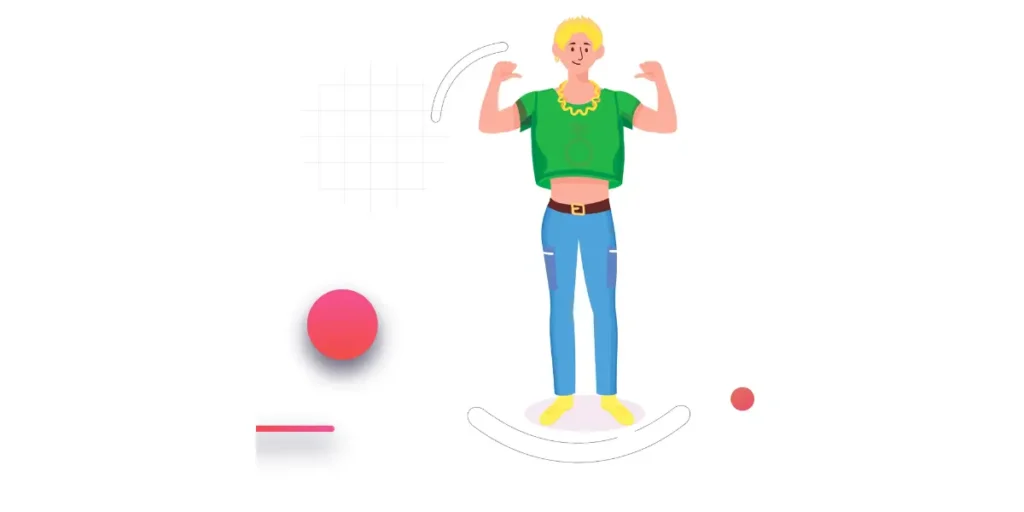
Mx
An adjective describing a person who does not identify exclusively as
a man or a woman. Non-binary people may identify as being both a
man and a woman, somewhere in between, or as falling completely
outside these categories. While many also identify as transgender,
not all non-binary people do. Non-binary can also be used as an
umbrella term encompassing identities such as agender, bigender,
genderqueer or gender-fluid
Non-binary
A woman who is emotionally, romantically or sexually attracted to other
women. Women and non-binary people may use this term to describe
themselves
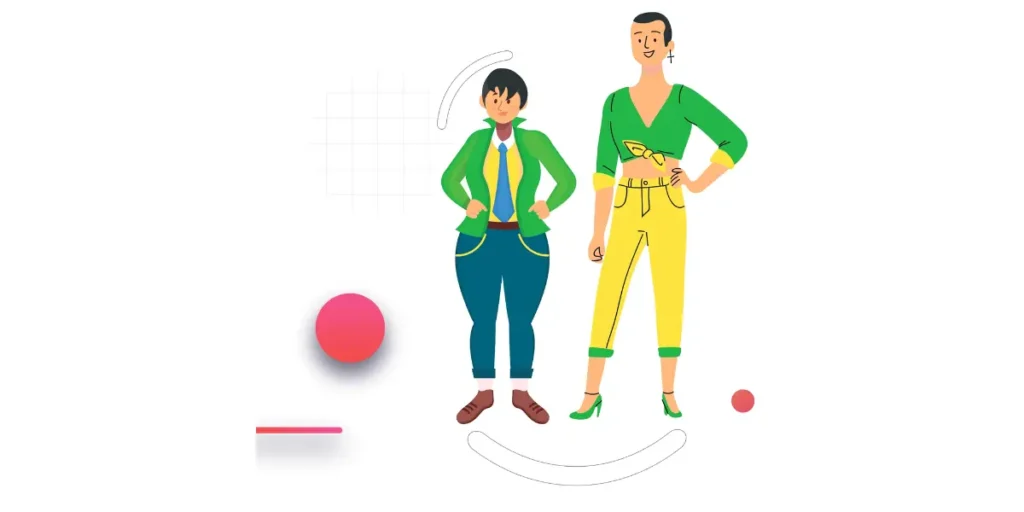
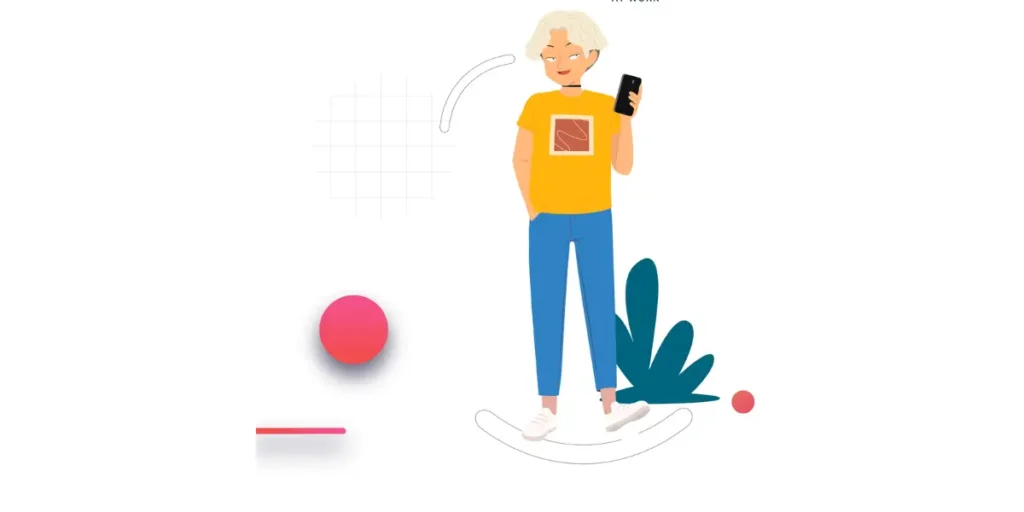
Out
Generally describes people who openly self-identify as LGBTQ in
their private, public, and/or professional lives.
Outing
Exposing someone’s lesbian, gay, bisexual transgender or gender
non-binary identity to others without their permission. Outing
someone can have serious repercussions on employment, economic
stability, personal safety or religious or family situations. Sometimes,
individuals are outed by others who they may have already come out
to. Outing an LGBTQ person without their consent is considered
disrespectful and potentially dangerous for the LGBTQ individual.


Pansexual
Describes someone who has the potential for emotional, romantic
or sexual attraction to people of any gender though not necessarily
simultaneously, in the same way or to the same degree.
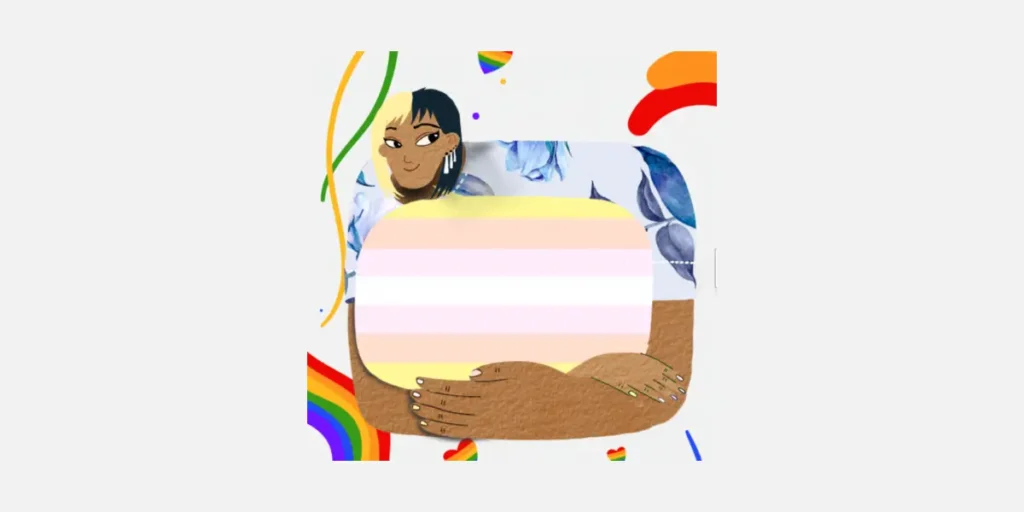
Pangender
Pangender is a gender identity that involves experiencing many different gender identities simultaneously or one at a time with differing degrees. A pangender person can only resonate with genders within their own cultural background and life experiences.
Passing
Refers to a person’s ability to be regarded at a glance to be either a
cisgender man or a cisgender woman. Typically, this involves a mixture
of physical gender cues (for example, hair style or clothing) as well as
certain behavioural attributes that tend to be associated with masculinity
and femininity

Queer
Usually represents queer or questioning. Queer is considered an umbrella term for anyone who is non-cisgender or heterosexual. Queer may be used by people who feel that another term such as gay, lesbian, or bisexual is too limiting or not representative of their identity. Questioning refers to people who may be unsure of their sexual orientation or gender identity.

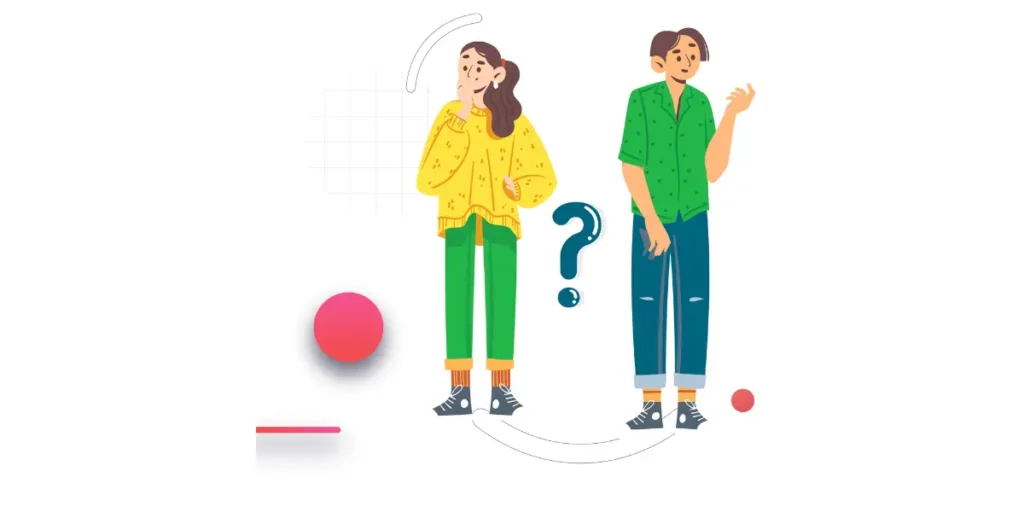
Questioning
A term used to describe people who are in the process of exploring
their sexual orientation or gender identity
Sex assigned at birth
The sex, male, female or intersex, that a doctor or midwife uses to describe
a child at birth based on their external anatomy
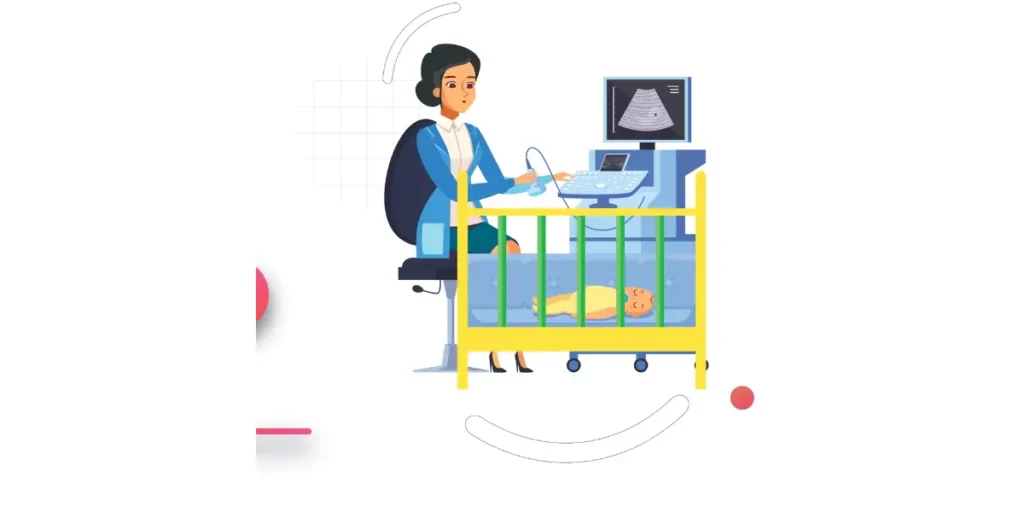
Sexual orientation
An inherent or immutable enduring emotional, romantic or sexual
attraction to other people. Note: an individual’s sexual orientation
is independent of their gender identity.
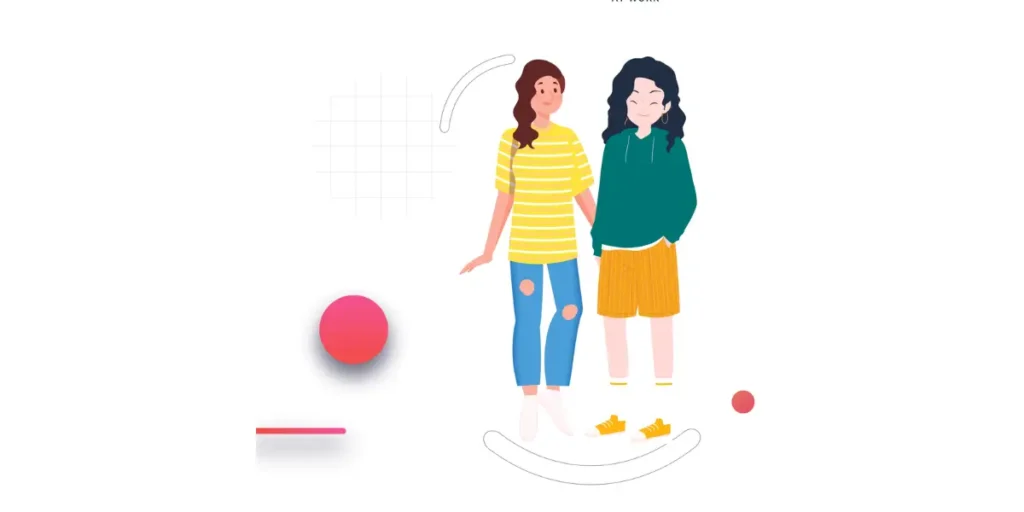
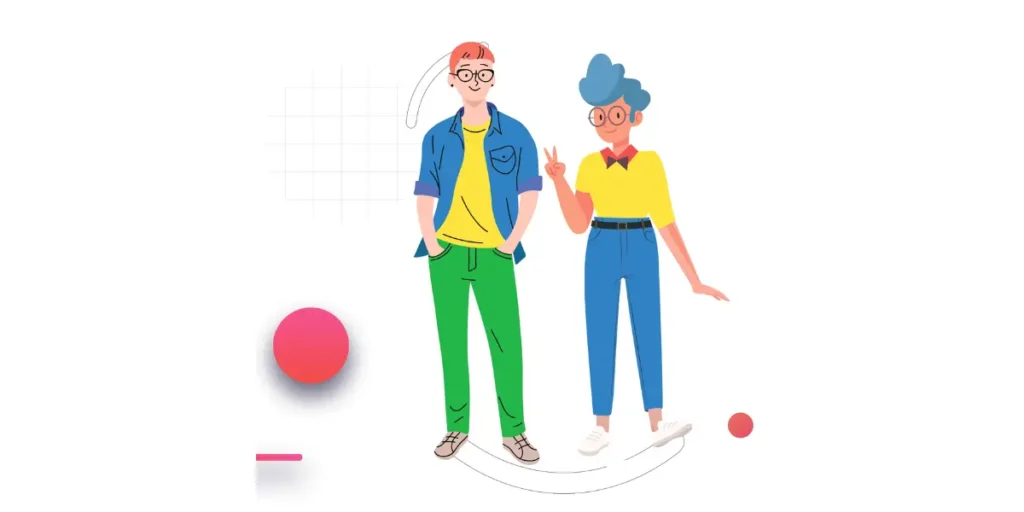
SOGI
Sexual orientation and Gender Identity. It is an inclusive term that
applies to everyone, whether they identify as lesbian, gay, bisexual,
transgender, queer, heterosexual or cisgender (identifying with the
same gender that one was assigned at birth). This term is also sometimes
expanded to include SOGIESC which is Sexual Orientation, Gender Identity
and expression, and Sex Characteristics.
Top Surgery
Chest surgery such as double mastectomy, breast augmentation,
or periareolar (keyhole) surgeries.

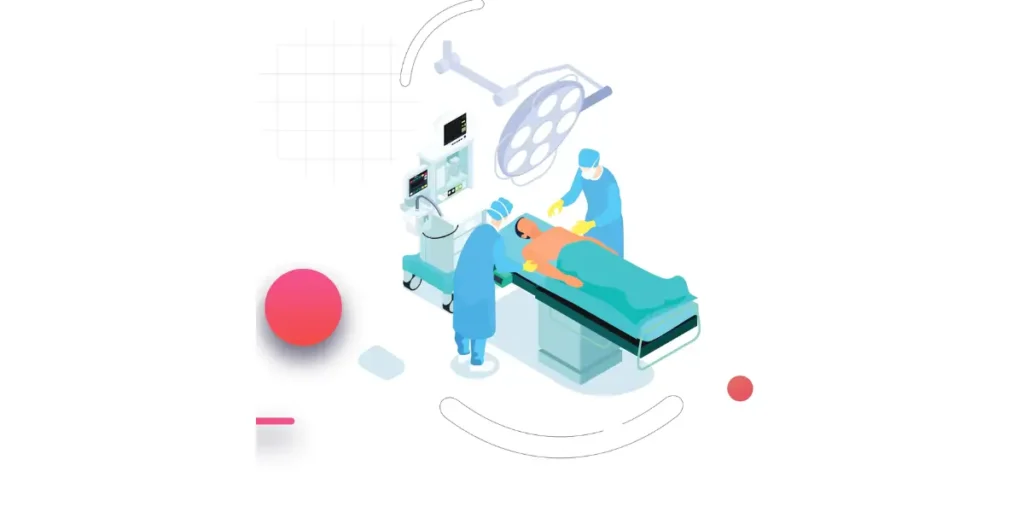
Transition
A series of processes that some transgender people may undergo
in order to live more fully as their true gender. This typically includes
social transition, such as changing name and pronouns, medical transition,
which may include hormone therapy or gender affirming surgeries, and legal
transition, which may include changing legal name and sex on government
identity documents. Transgender people may choose to undergo some, all
or none of these processes
Transman
A transman is a transgender person who was assigned gender
female at birth but whose gender identity is that of a man.
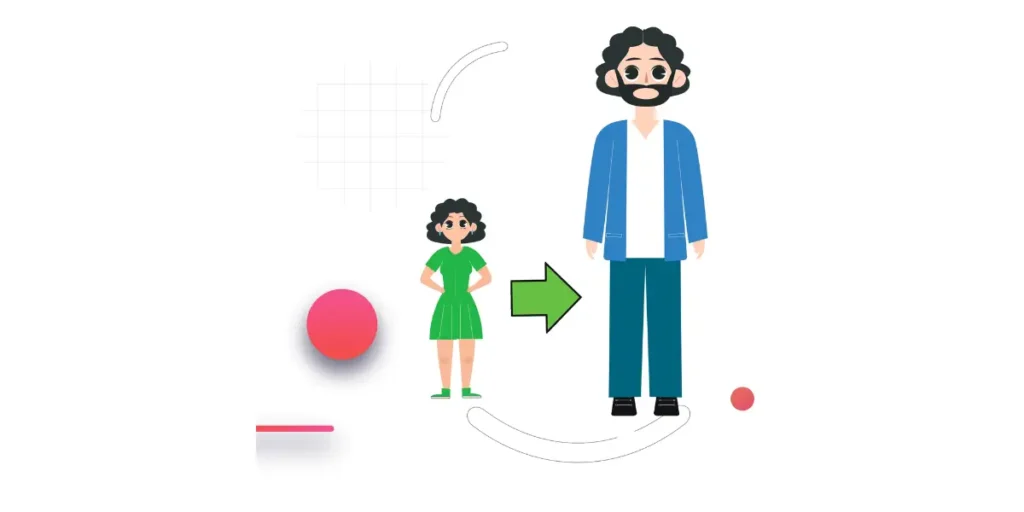

Transwoman
A transwoman is a transgender person who was assigned gender
male at birth but whose gender identity is that of a woman
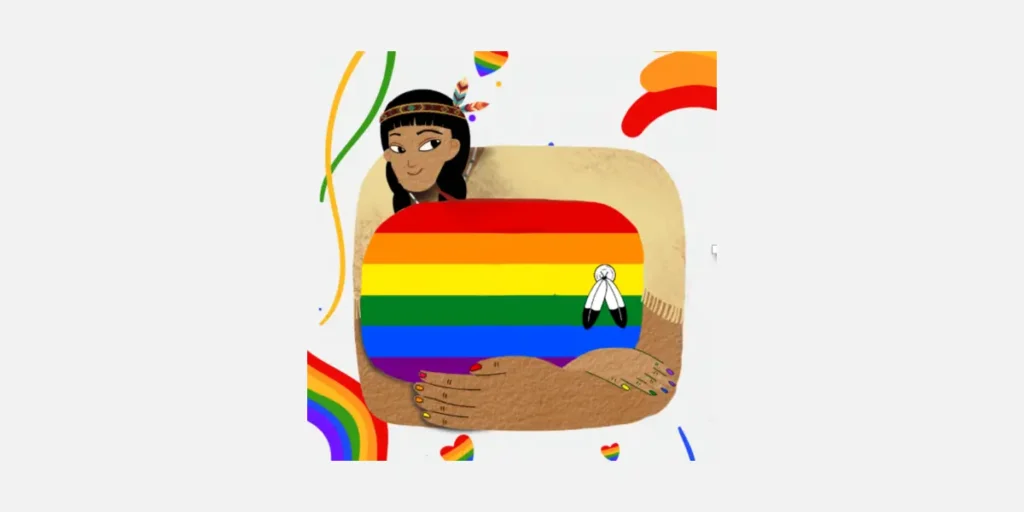
Two Spirit
Two-spirit (also two spirit, 2S or, occasionally, two spirited) is a modern, pan-Indian, umbrella term used by some Indigenous North Americans to describe Native people in their communities who fulfill a traditional third-gender (or other gender-variant) ceremonial and social role in their cultures. The term Two Spirit (original form chosen) was created in 1990 at the Indigenous lesbian and gay international gathering in Winnipeg, and “specifically chosen to distinguish and distance Native American/First Nations people from non-Native peoples”
 Cart is empty
Cart is empty 
